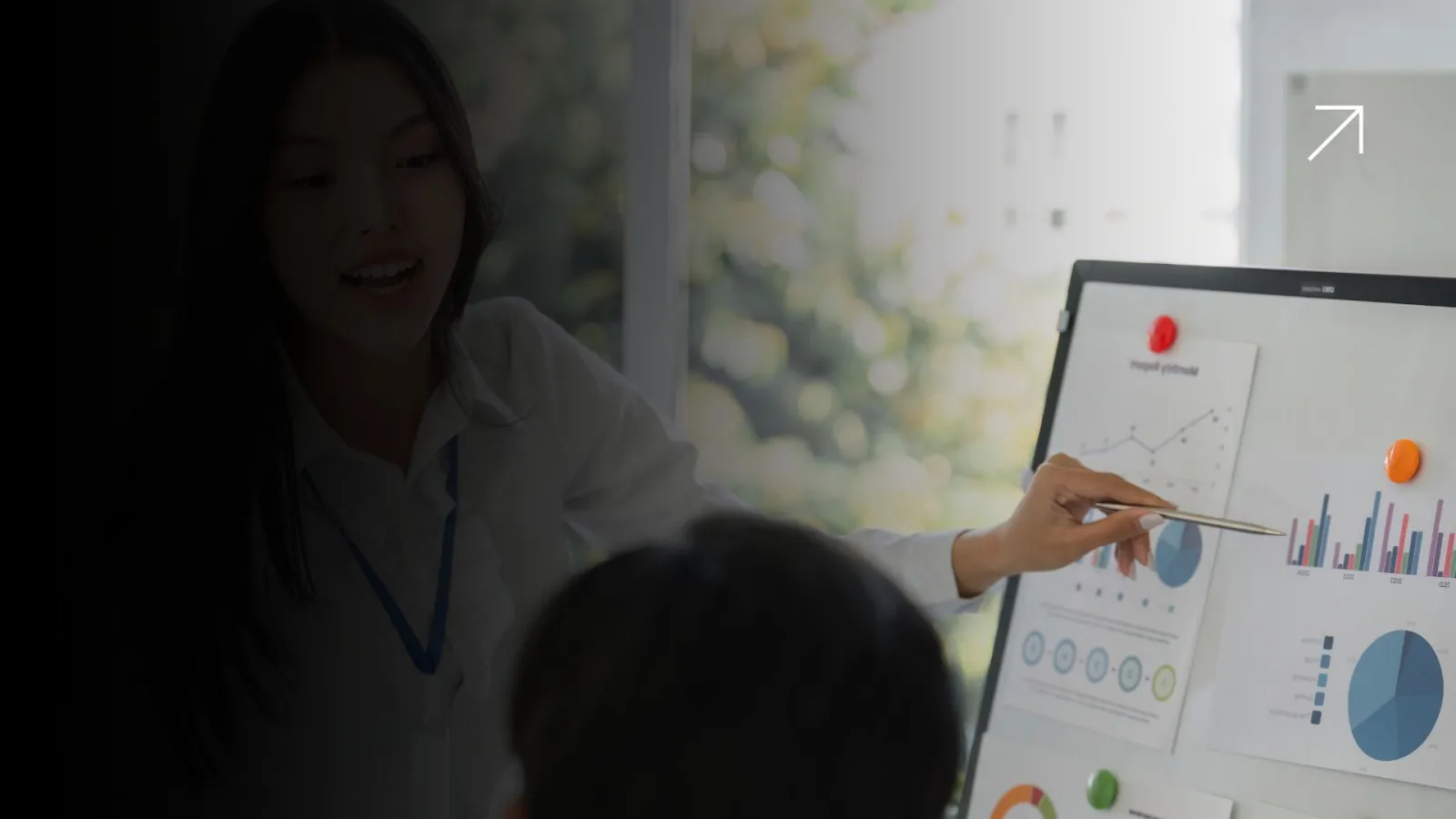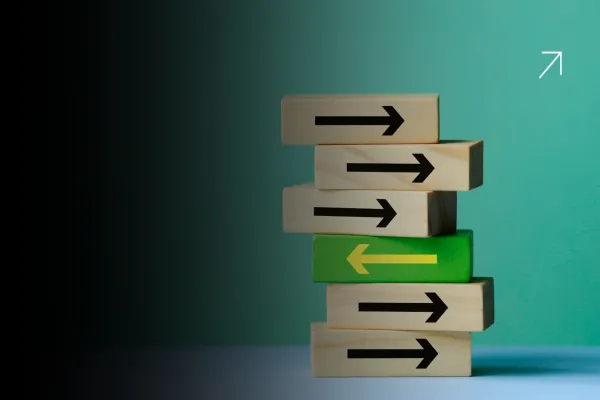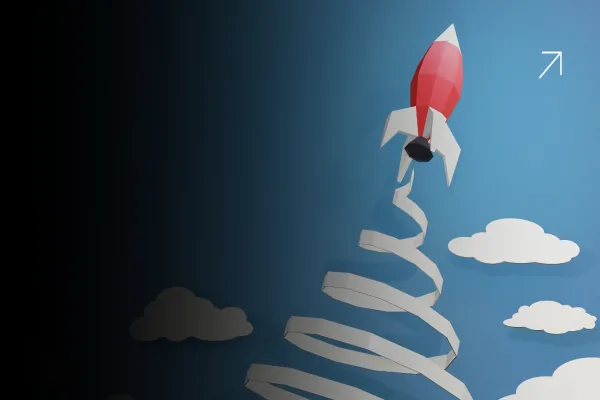Why Netflix Should Be in Your Next Marketing Meeting. If you think that's a weird question, we have an answer! If you’re a pharma CMO in India, your biggest challenge isn’t reach. It’s relevance. Doctors and patients already see hundreds of touchpoints every week. The real question is: why should they care about yours?
Here’s where Netflix comes in. Not because it’s glamorous, but because it solved the same problem. Netflix doesn’t have the biggest library. It doesn’t win by throwing random content at you. It wins by knowing you. It tracks what you watch, when you pause, what you skip, and then serves up the one thing you’ll click next. That’s why you keep coming back.
Pharma needs the same playbook. Not more reps. Not louder campaigns. Smarter engagement. And this is exactly what the top healthcare marketing agencies are helping brands build.
The Netflix Rule: One Size Doesn’t Fit All
Think about how absurd it would be if Netflix showed every user the same homepage. That’s how most pharma marketing works today. Every doctor in every city, every patient in every therapy area: they all get the same message. No wonder they disengage.
Netflix teaches us a simple truth: relevance is personalization at scale. For pharma, that means cardiologists shouldn’t get the same content as dermatologists. Tier 2 doctors shouldn’t get the same experience as metro doctors. And patients in Chennai shouldn’t get only English content when their comfort is Tamil.
The top healthcare marketing agencies don’t just run campaigns. They build systems that personalize at scale, just like Netflix does, with data at the core.
From Streaming to Prescribing: What Personalization Looks Like
For Netflix, personalization is about binge-watching. For pharma, it’s about prescription uptake and patient adherence. But the mechanics are surprisingly similar.
– Recommendation Engine: Netflix says, “Because you watched this, you’ll like that.” Pharma can say, “Because this doctor engaged with last month’s webinar, here’s a clinical update that deepens the conversation.”
– Content Timing: Netflix knows when you log in. Pharma can know when a doctor is most likely to respond, or when a patient is at risk of dropping therapy.
– Multi-Device Journeys: Netflix works seamlessly across TV, mobile, and laptop. Pharma should be seamless across rep visits, WhatsApp reminders, email, and portals.
That’s how relevance feels. Not random blasts. Not generic detail aids. A journey that feels like it was designed for you.
The Role of Data: From Views to Value
Here’s the core lesson. Netflix doesn’t succeed because it has great shows. It succeeds because it knows what to show to whom.
Pharma already has great content like clinical studies, patient stories, and product data. The problem is, it’s sprayed without precision. That’s a data problem.
The top healthcare marketing agencies fix this by building unified HCP and patient profiles. Every interaction, including rep calls, email clicks, WhatsApp chats, webinar questions, is stitched together. That’s how you stop guessing and start knowing. Data turns marketing from noise into value.
Why Doctors Want You to Be More Like Netflix
Doctors don’t wake up wanting another campaign in their inbox. They want content that saves them time, sharpens their practice, or helps their patients. If pharma delivered that with Netflix-like precision, disengagement wouldn’t be a problem.
Imagine a doctor opening WhatsApp to see a short explainer in their language about a new clinical update relevant to their specialty; not a generic product blast. Imagine them attending a webinar that feels like it was curated for their exact needs. That’s not just engagement. That’s trust. And trust is what drives prescriptions.
The Indian Context: Scale with Local Flavor
In India, this lesson is even more urgent. Doctors in semi-urban and rural areas have different needs and behaviors from metro HCPs. Patients respond better to vernacular, mobile-first content. Netflix already cracked localization: 12 languages, regional content, personalized curation. Pharma must do the same, or risk being irrelevant outside Tier 1 cities.
The top healthcare marketing agencies know how to scale personalization in the Indian context: WhatsApp automation in Hindi or Telugu, lightweight PWAs for low-bandwidth zones, analytics that track prescription trends region by region.
The CMO’s Dilemma: Entertainment vs. Engagement
You might be thinking: “We’re not Netflix. We’re pharma. Doctors don’t want entertainment.” True. But they do want relevance. And the mechanics of engagement are the same.
Entertainment keeps people watching. Relevance keeps doctors prescribing. Both depend on knowing your audience better than anyone else. Both depend on tech that learns, adapts, and personalizes at scale.
Stop Piloting. Start Streaming.
The biggest mistake pharma makes is treating personalization as a pilot project. One webinar here, one WhatsApp drip there. Netflix would have died if it only tested personalization in one country or one genre. It scaled it globally, and that’s why it owns your screen.
Pharma CMOs need the same mindset. Stop treating personalization like an experiment. Scale it into your marketing backbone. That’s how you stop chasing attention and start owning it.
And Here’s the Hard Truth
If Netflix can convince you to binge-watch a Korean drama you never thought you’d like, pharma can convince a doctor to engage with a brand: if it’s relevant, timely, and personal. The barrier isn’t creativity. It’s execution. And the top healthcare marketing agencies are the ones that can wire this execution for you.
So What Now?
If you’re a pharma CMO reading this, ask yourself: are your doctors getting a Netflix experience or a Doordarshan rerun? If it’s the latter, every day you delay, someone else is bingeing your market share.
Don’t settle for pilots. Don’t settle for generic. It’s time to stop talking about Netflix in workshops and start building it into your strategy.
Because here’s the line that should sting a little:
Netflix figured out engagement. Your doctors are waiting for you to do the same.
And if you’re serious about that, you’ll know exactly who to call.





